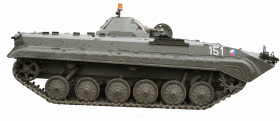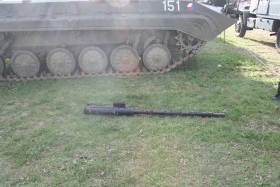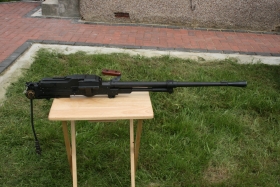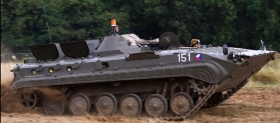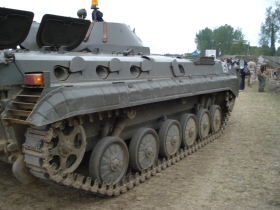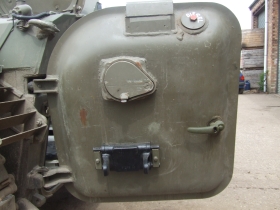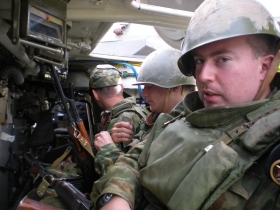Function vs Form
The original design brief for the BMP series, originally known as Ob'yekt 764, laid down six primary considerations for the project:
- Speed.,
- Good armament,
- The ability for all squad members to fire from within the vehicle.
- The armament had to provide direct fire support for dismounted infantry in both attack and defense.
- To be able to destroy comparable light armored vehicles.
- The vehicle needed to protect the crew from .50 cal machine gun fire and 20-23 mm calibre weapons across the frontal arc as well as from light shell fragments at distances between 500 metres and 800 metres..
The original turret fitted to the BMP-1 housed a 73mm auto-loading smoothbore, low muzzle pressure cannon as well as a launcher rail for the Malyutka anti-tank wire-guided missile (NATO code name "Sagger"). As already stated the SALT talks that imposed a limit on the amount of anti-tank weaponry meant a lot of the BMP-1 series were liable for either scrappage or sales to satellite countries. However, following an intensive engineering program at the PPS Detva engineering works a number were converted to OT-90's The smaller SKOT turret has the high angle mount for the 14.5mm KVPT allowing the weapon to be used for a range of roles from direct fire support to antiaircraft support. During the remodelling program some issue noted by the Czechs were addressed - notably the suspension. Originally the BMP-1 only had shock absorbers on the 1st and 6th road wheels. The Czechs added an additional shock absorber on the 2nd road wheel greatly enhancing ride quality for the driver and commander. When going cross country neither were prone to bouncing their skulls off closed hatches. Other modifications included adding a carrying point for a sustained fire tripod mount for a PKM, increasing the main fuel tanks capacity from 300 to 350 litres. In line with its underpinnings as a BMP-1 though the design retains all the original features like a front mounted engine and twin rear access doors that are actually balanced for easy opening and closing. The OT-90 also retains the ability to meet 5 out out of the 6 original design briefs - No's 1 to 4 and 6.

